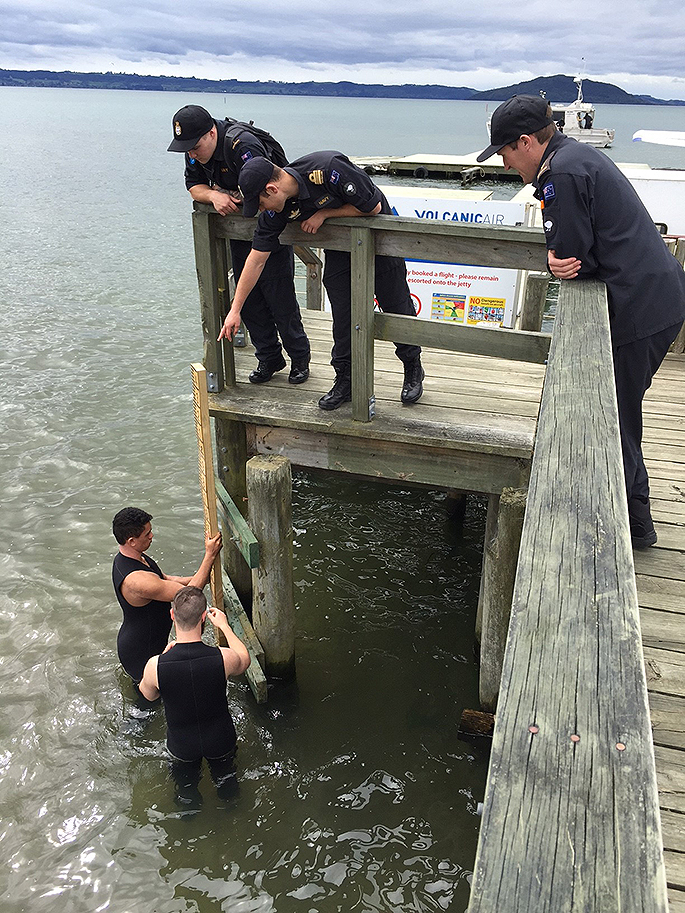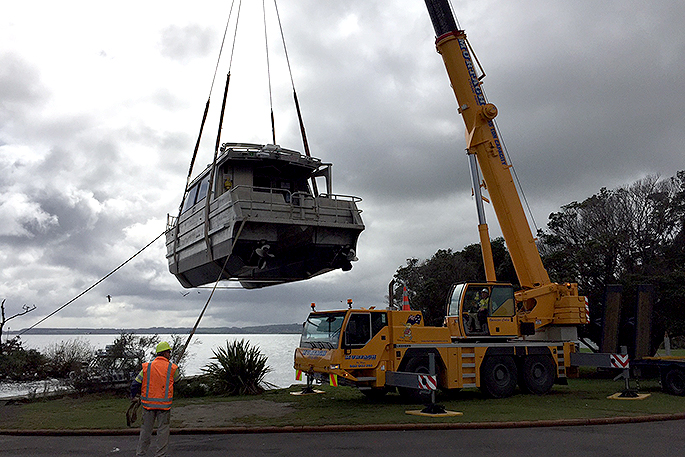The New Zealand Defence Force is surveying the floor of Lake Rotorua to help identify volcanic and geothermal hazards under the lake, and parts of the lake floor which could put lake users at risk.
Results of the bathymetric and magnetic survey, being carried out by the Royal New Zealand Navy's Littoral Warfare Unit from October 17 – November 24, will provide GNS Science with a high-resolution map of the lake floor and its geological features.
'The map will enable scientists to identify areas of past hydrothermal activity at the bottom of the lake and locate active thermal vents,” says Lieutenant Commander Tim Garvan, who is leading the operation.
'The survey will also show areas of shoaling which are potentially hazardous to vessels and sailors.”
GNS Science says the magnetic map resulting from towing a magnetometer during the bathymetric survey would help delineate the geology and highlight features like faults that appear on the lake floor.
With the bathymetric map, scientists will be able to link any heat anomalies to specific features such as volcanic craters, hydrothermal vents and pockmarks on the lake floor, says GNS Science.
 Personnel from the Royal New Zealand Navy's Littoral Warfare Unit set up a tide pole.
Personnel from the Royal New Zealand Navy's Littoral Warfare Unit set up a tide pole.
'Lake Rotorua sits within the Rotorua Caldera, which is in effect a large volcano. So this work is the first step in a series of surveys that we hope will determine how much heat is being discharged from the volcano and ultimately that feeds into our existing hazards assessment of the area,” says Marine geologist Cornel de Ronde from GNS Science.
'We will be creating a virtual three-dimensional image of the lake floor, which will be a true representation of the lake's features but which is normally unseen by the public. The map will also show the location of a significant hydrothermal eruption crater that appears to be active,” says Cornel.
Lake Rotorua was formed from the crater of a large volcano that last erupted 240,000 years ago. It was last surveyed in 2005 by the University of Waikato.



0 comments
Leave a Comment
You must be logged in to make a comment.